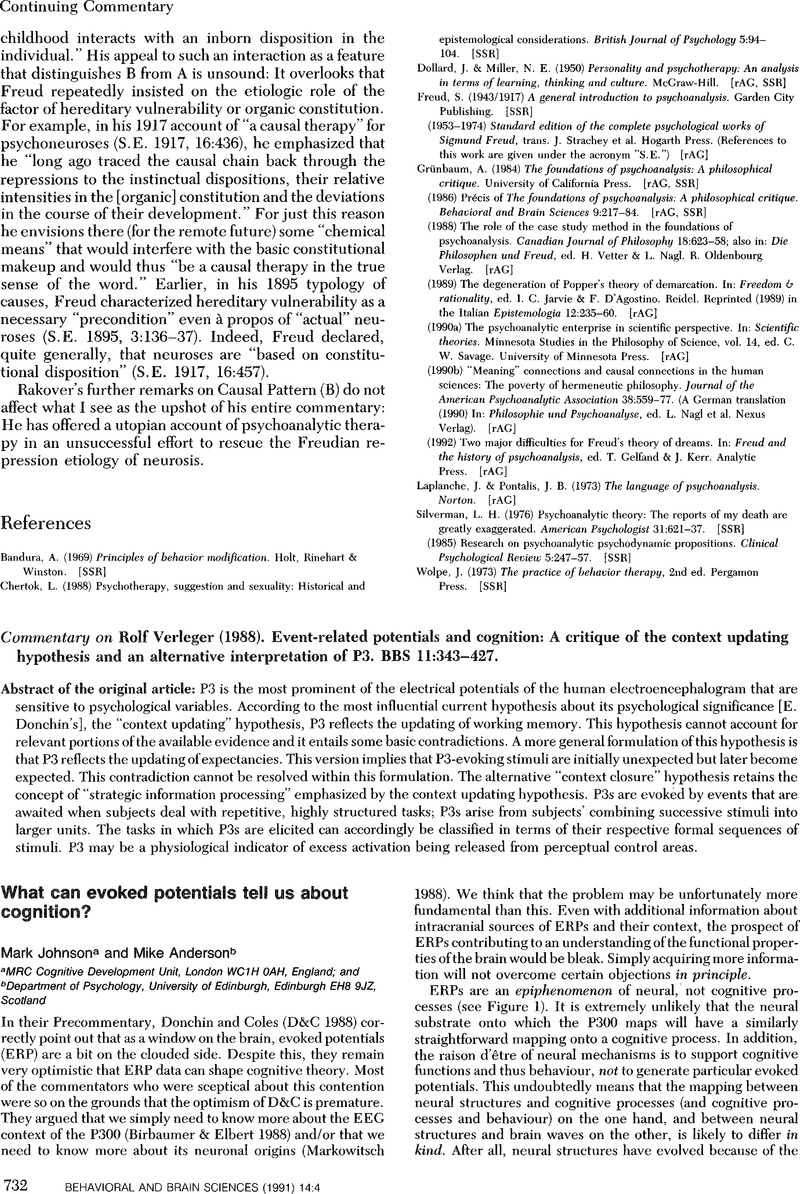Crossref Citations
This article has been cited by the following publications. This list is generated based on data provided by Crossref.
Metzger, Linda J
Orr, Scott P
Lasko, Natasha B
and
Pitman, Roger K
1997.
Auditory Event-Related Potentials to Tone Stimuli in Combat-Related Posttraumatic Stress Disorder.
Biological Psychiatry,
Vol. 42,
Issue. 11,
p.
1006.





